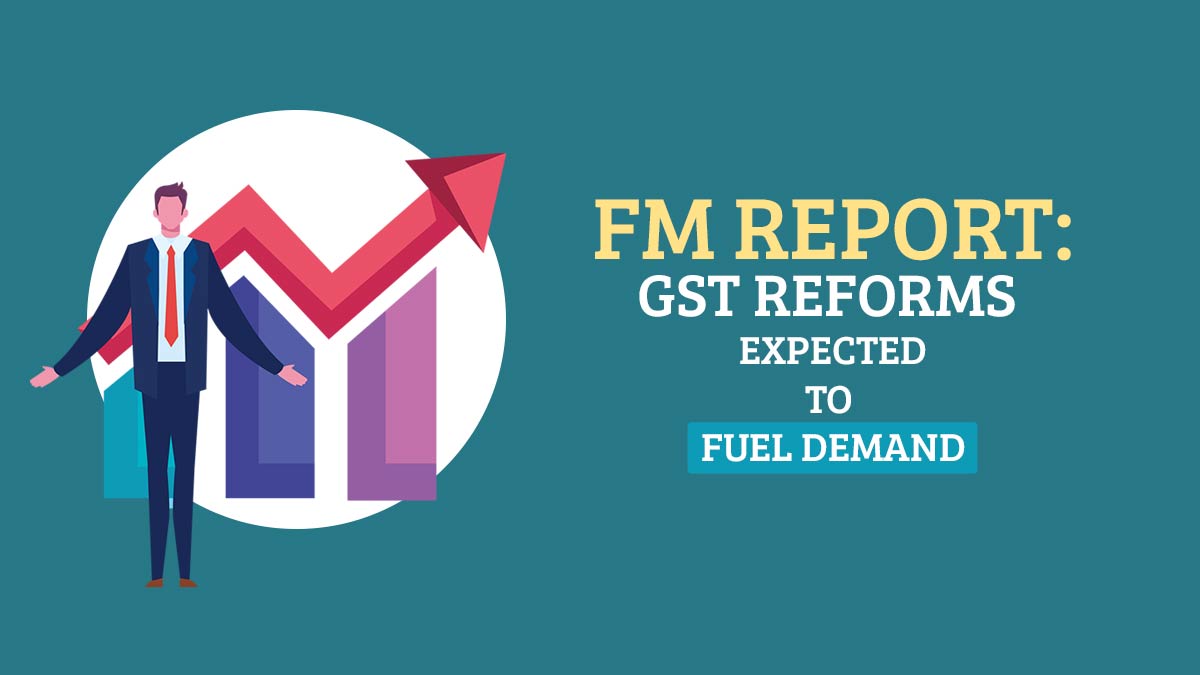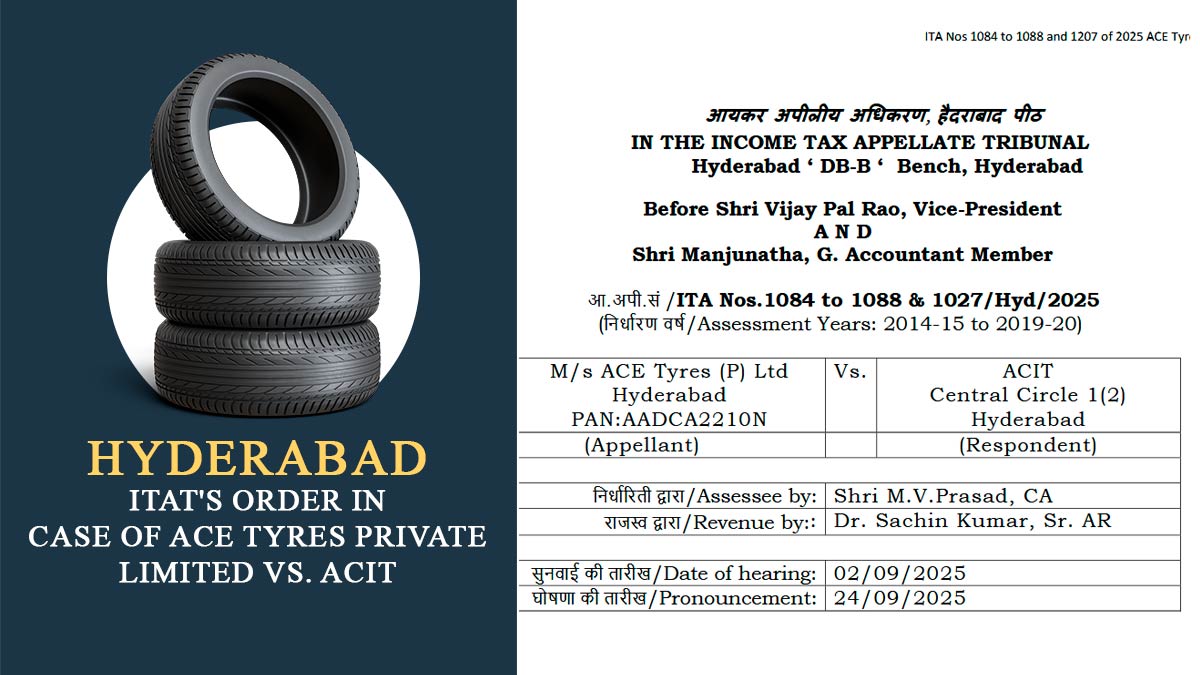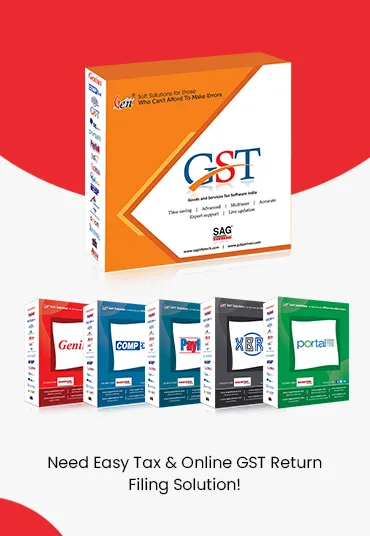
According to a finance ministry report, the lower GST rate might assist a positive demand outlook by lowering the tax burden on consumers and businesses. But they warned that global uncertainties pose downside risks to the growth outlook.
The September economic report of the ministry cited robust performance in the industries and service sector, including a stable labour market, which will improve domestic demand.
Global uncertainties necessitate caution and will continue to impact external demand, creating downside risks to the growth outlook. The implementation of various growth-enhancing structural reforms and government initiatives, including GST 2.0, is expected to help mitigate some of the negative effects of these external challenges.
Under the report, it cited that the growth outlook for FY26 remains strong, which is helped by domestic demand, favourable monsoon conditions, lower inflation, monetary easing, and positive effects of GST reforms. For India, the growth forecasts have been revised by the IMF and RBI for FY26 upwards from 6.4% and 6.5% to 6.6% and 6.8%, respectively.
As per the report, the recent policy measures, along with the GST rate rationalisation, are anticipated to keep inflation moderate while helping consumption demand. Prices are expected to stay low in fiscal year 2026.
The Reserve Bank of India’s (RBI) efforts to maintain adequate liquidity within the banking system have been crucial in ensuring that resources are available to support economic activities. The transmission mechanism in money and credit markets continues to function smoothly, demonstrating the effectiveness of these measures.
Read Also: Survey Finds 75% of Consumers Doubt Firms Will Pass on GST Rate Reduction Benefits
The report also stated that the government is focused on strengthening the Indian economy’s resilience to external vulnerabilities through structural reforms.









